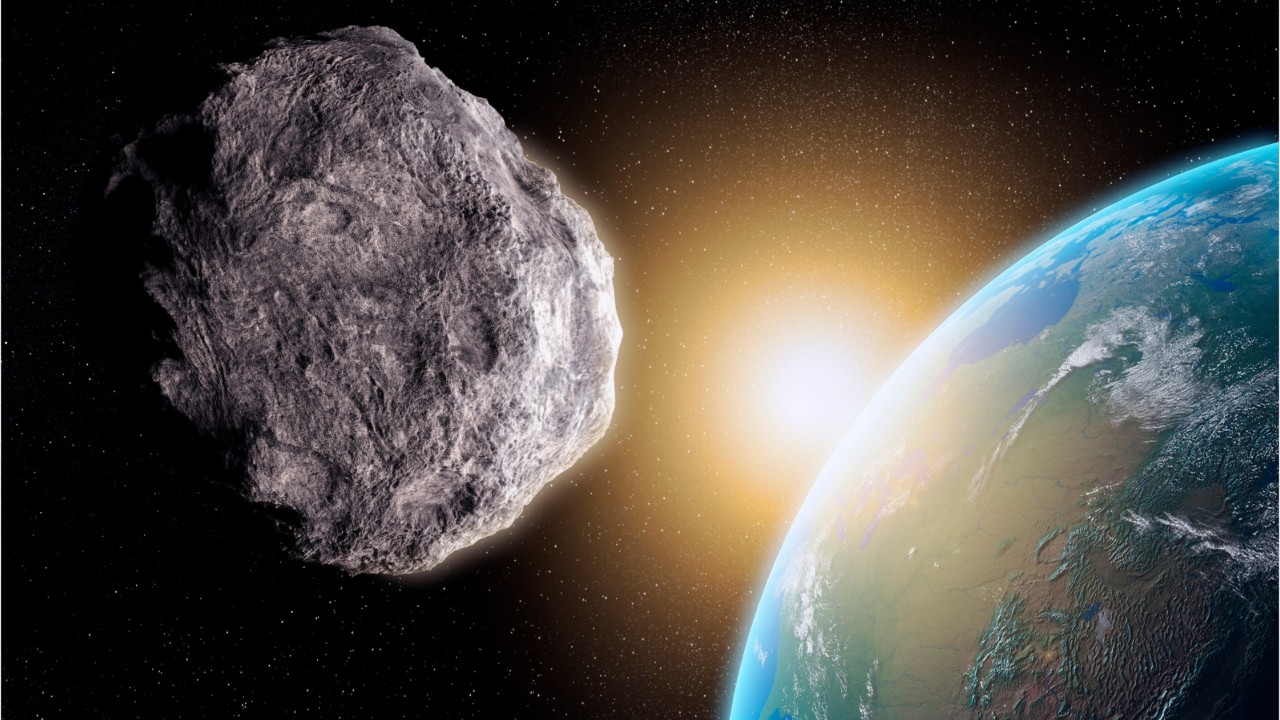Massive 2,000-foot asteroid to whiz past Earth later this month

Massive 2,000-foot asteroid to whiz past Earth later this month
An asteroid slightly smaller than the largest structure in the U.S. is slated to harmlessly zoom past Earth later this month.
(FOX News) - An asteroid slightly smaller than the largest structure in the U.S. is slated to harmlessly zoom past Earth later this month.
Known as 2006 SF6, the space rock will zip past Earth on Nov. 20 at approximately 2.7 million miles (0.02886 astronomical units) at roughly 12:01 a.m. EDT, according to NASA's Center for Near Earth Object Studies, which tracks near-Earth objects.
According to a 2018 report put together by Planetary.org, there are more than 18,000 NEOs.
"Potentially hazardous" NEOs are defined as space objects that come within 0.05 astronomical units and measure more than 460 feet in diameter, according to NASA.
Asteroid 2006 SF6, which was discovered on Sept. 17, 2006, is believed to be between 919 feet and 2,034 feet in diameter, slightly smaller than the KVLY-TV mast in Blanchard, S.D., the tallest structure in the U.S. and fourth tallest in the world.
The space rock will fly past Earth at approximately 17,800 miles per hour and will come within close proximity to our planet again on Nov. 5, 2020, two days after the U.S. presidential election.
In August, an asteroid slightly shorter than the world's tallest building, Burj Khalifa, flew past Earth.
NASA has been preparing for planetary defense from asteroid strikes for years. A recent survey showed that Americans prefer a space program that focuses on potential asteroid impacts over sending humans back to the Moon or to Mars.
2016 saw NASA formalize its prior program for detecting and tracking NEOs and put it inside its Science Mission Directorate. Last June, the space agency unveiled a 20-page plan that detailed the steps the U.S. should take to be better prepared for NEOs – such as asteroids and comets – that come within 30 million miles of the planet.
In addition to enhancing NEO detection, tracking and characterizing capabilities and improving modeling prediction, the plan also aims to develop technologies for deflecting NEOs, increasing international cooperation and establishing new NEO impact emergency procedures and action protocols.
Separately in April, NASA Administrator Jim Bridenstine said that an asteroid strike is not something to be taken lightly and is perhaps Earth's biggest threat.
"We have to make sure that people understand that this is not about Hollywood, it's not about movies," Bridenstine said at the International Academy of Astronautics' 2019 Planetary Defense Conference in College Park, Md., according to Space.com. "This is about ultimately protecting the only planet we know right now to host life, and that is the planet Earth."

